Without the Los Angeles River, there would be no Los Angeles. The 51-mile waterway, which stretches from Canoga Park to Long Beach and San Pedro Bay, with numerous tributaries branching off along the way and converging with two other major rivers, has sustained people living in our region for over 12,000 years. This begins with the Indigenous societies who lived in harmony with the River loooooong before it was taken and eventually transformed into a channel for flood control following the Flood Control Act of 1936 and a devastating flood in 1938.
The River impacts every one of us in L.A. Still, too few of us consider using it or even know we can, whether due to misconceptions about the L.A. River or structural, physical, or social barriers that have made the L.A. River feel hard to reach or unwelcoming.
In reality, some of the most beautiful green spaces in the entire city of Los Angeles can be found along the L.A. River, specifically where it’s been restored to its natural state. And the River runs through so many of our neighborhoods, whether you live in Elysian Park, Paramount, Compton, or Long Beach.
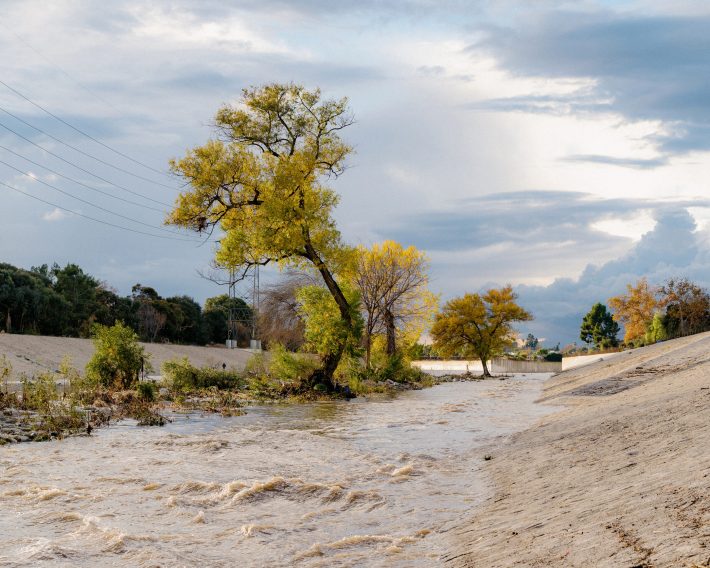
Urban escapes where Great Blue herons stilt-walk through the soft sands of Elysian wetlands, and willows and cottonwoods graze a coursing flow. Where cyclists pause to take in views of drifting mallards, cormorants drying their outstretched wings, and couples canoodling in one of the countless pocket parks as red-tailed hawks cry overhead.
Keep the River Wet is dedicated to encouraging, ensuring, and protecting access to the L.A. River for all communities. Not merely just to enjoy its beauty but also to preserve it as a vital open space that forms a critical mental health resource connecting city dwellers with the natural world and a tranquil place to cool off under repressive heat.
Not to mention the River’s place as a natural resource that combats the worsening effects of global warming while supporting animals, plants, birds, and fish that struggle for space and survival in our modern metropolis and ultimately help sustain us.
Keep the River Wet comes from Friends of the L.A. River, who many of us are eternally grateful for their role in connecting Angelenos to the River through education, volunteer events, and advocacy. They reference the following stat on their website, originally reported on by the L.A. Times: “Nearly 90% of [the L.A. River’s] flow comes from water that has been purified after draining out of our sinks, bathtubs, and washing machines.”
Plans for recycling wastewater and catching stormwater to combat drought are important, but if not planned out carefully, they can harm the River and even greatly reduce its flows, endangering the wide variety of life and habitats it sustains. These two critical needs—water recycling and sustainable flows on the River—can be balanced.
That’s why Keep the River Wet encourages everyone who wants to sustain and protect this vital resource from using their convenient tool for writing to local media editors to tell them why the River is important to you.
And to help you enjoy the River in your own way, we’ve got an original L.A. TACO list of a few of the best places to do what you love along the L.A. River.
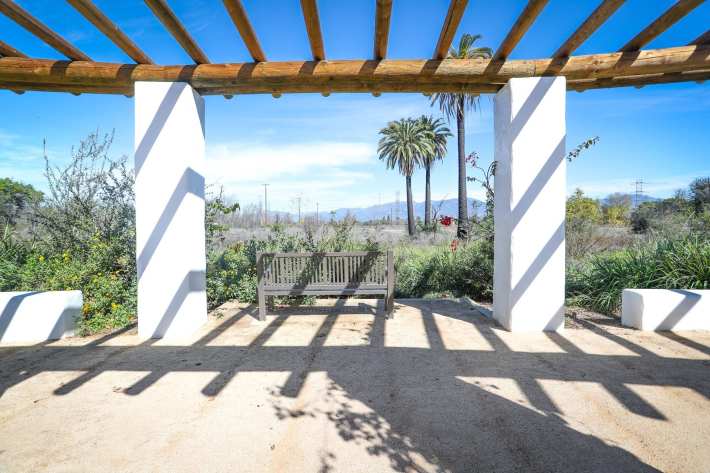
For Basking In O.G. L.A. History: Bosque del Rio Hondo is a twelve-acre park inside the captivating, wild 1,492-acre Whittier Narrows wetlands, both the easternmost and most natural area to explore along the River. Two creeks are seasonally teeming with four-legged, slithering, and winged friends. Bosque del Rio Hondo marks the site where the original San Gabriel Mission was established in 1771, four years before fire and flood taught the Spanish not to build things in a floodplain. You don’t need to know this to hang out at “Marrano Beach,” indulge in some of the best bird watching for miles around or partake in the park’s plentiful programming. Still, it’s fun to tell your friends these things.
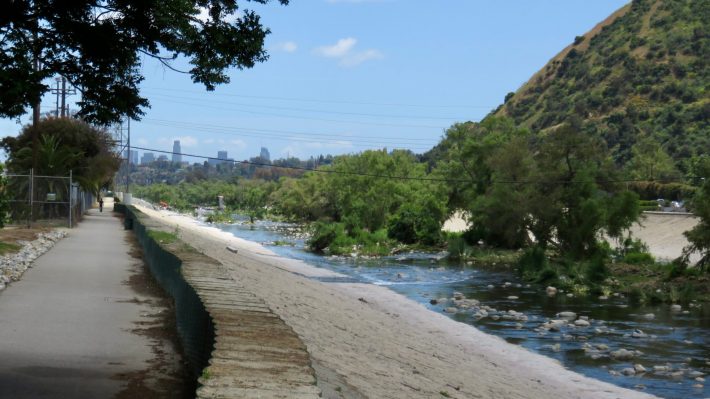
To Obliterate Out-of-Towner Stereotypes: Your friends arrived in L.A. with jokes about the L.A. River being nothing but a huge slab of concrete where car chases are filmed. That was before you took them to Glendale Narrows, which features the longest soft-bottom stretch along the River’s expanse, with small springs bubbling up to the surface, the same ones that helped keep it from the concrete-encased fate of many of its other sections. You’ll have eight miles to stroll through some of L.A.’s most historic Northeast neighborhoods, including Cypress Park, Atwater Village, Los Feliz, and Elysian Valley, plus innumerable trees, parks, the L.A. River Center and Gardens, and the vast Rio de Los Angeles State Park. Maybe you’ll try your hand at some fishing (yes, fishing) or stop for a bite at Spoke Cafe. Either way, your friends will return home, changed and possibly shaken.
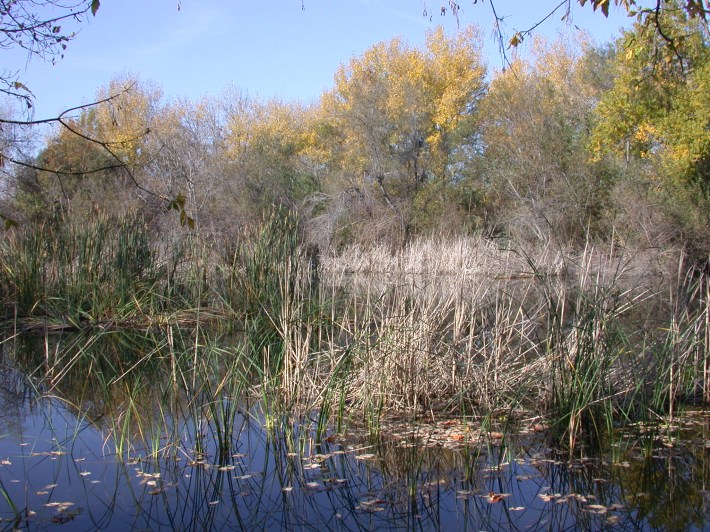
To Bring Together Families and Bird-Watchers: The Sepulveda Basin Wildlife Reserve is a mind-blower you might frequently pass at the intersection of the 101 and 405 Freeways without ever realizing it is there. Gentle paths help you explore 225 acres of protected wetlands within the 2,000-acre Sepulveda Basin park complex, abundant with water birds such as cormorants, egrets, herons, vultures, and seemingly ever-present killdeer. Bring binoculars. You never know when you may spy an osprey or owl in the trees. And maybe some shorts, as you can wade in the basin.
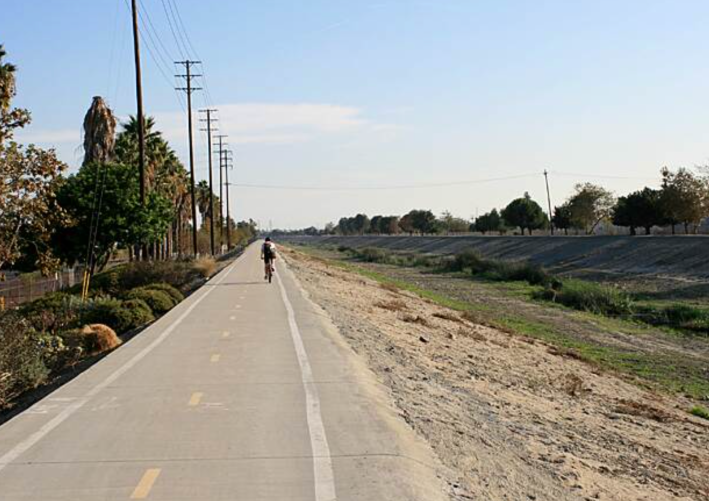
For Cyclists: The Compton Creek Bike Path, 5.3 bikeable miles adjacent to a soft-bottom section of the Compton Creek tributary, is a must. You’ll pass by various local neighborhoods, businesses, and institutions between Compton and Carson, while taking in some impressive inner-city birding along the way, particularly in the Creek’s southern stretch. Start at: El Segundo Blvd. and N. Parmelee Ave. in Compton or E. Del Amo Blvd. east of Santa Fe Ave. in Carson.
Whether walking, cycling, or jogging down the L.A. River, all it takes is a single visit to understand the crucial natural resource, glimpse into L.A.’s past and future, and find yourself bewitched and returning to its waters.
This article was proudly sponsored by Keep the River Wet.







